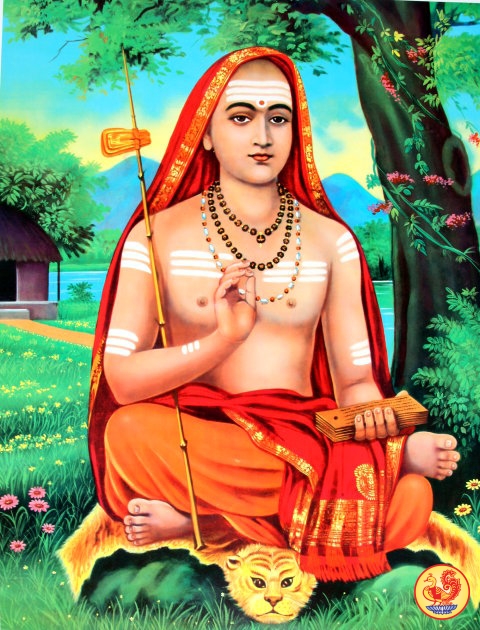Can Harappan Script be Deciphered?
The language of the Indus Civilization , also known as Harappan Civilization in popular parlance, is still unknown. This will remain so until the Indus Civilization script is deciphered. Broadly there are two schools of thoughts as to the nature of the language of the Harappan civilization. According to one, the language belongs to the Indo-European or even Indo-Aryan family. The other school is of the opinion that the language belonged to the Dravidian family. Notwithstanding of the close scrutiny of some more than 2500 Harappan inscriptions, the task of decipherment remains arduous. Added to this the shortness of the inscriptions nearly all on seals or amulets tablets, renders it difficult to interpret. It’s is due to these challenges the associated problems have attracted a whole lot of authorities, scholars and experts to attempt their solution. What’s your take on that?






